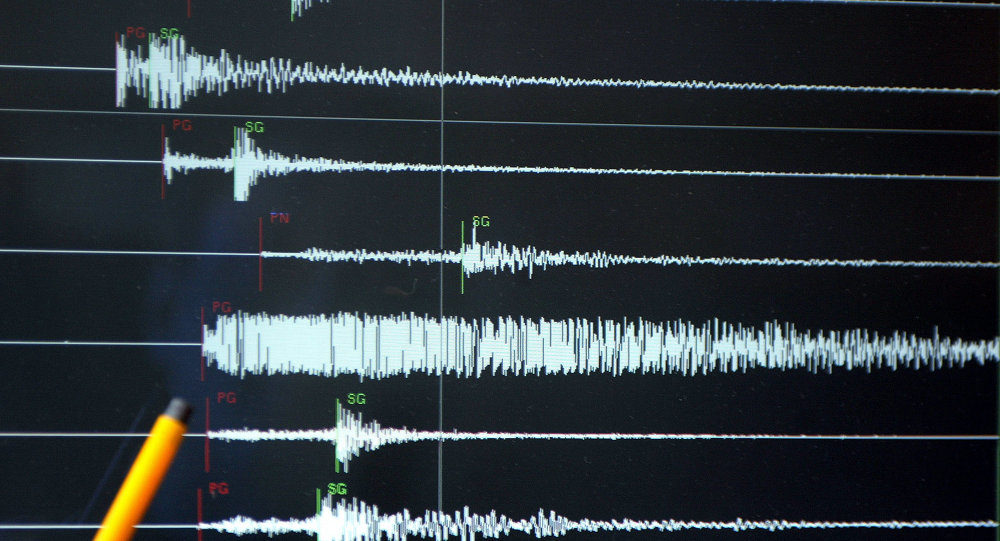A 4.6 magnitude earthquake shook Monterey County last Monday,
and the area hasn't stopped shaking since.Last week's widely-felt quake was centered 13 miles northeast of Gonzales, along the San Andreas Fault.
Since then, there have been 134 earthquakes within 5 kilometers (or about 3 miles) of the epicenter, according to the U.S. Geological Survey.However, most of those aftershocks weren't felt by the Central Coast. Only 17 were stronger than a 2.5 magnitude and six were greater than 3.0, said Ole Kaven, a seismologist with the USGS.
"This one has been a quite productive aftershock sequence," said Kaven. "We suspect there will be aftershocks in the 2 to 3 [magnitude] range for at least a few more weeks."
Smaller shakers could continue for even longer.Last Monday's quake occurred on a "creeping section" of the San Andreas Fault, so seismic activity in the area is normal, Kaven said.
There were no reports of injuries or significant damage.
Still, a 4.6 quake is on the "higher end of what we expect in terms of magnitude" for that area, Kaven said.
Similarly sized earthquakes were recorded in the same spot in 2001, 2004 and 2011. In each case, the USGS observed a pattern of aftershocks like we are seeing now.
"It's a reminder that we live in earthquake country," Kaven said.
UNDERSTANDING EARTHQUAKE INTENSITYEarthquake magnitudes measure the energy released by a tremor, but are not meant to calculate how intense the shaking is for those near the epicenter. To measure how forceful a quake felt to someone or something near the epicenter, geologists use something called the Modified Mercalli Intensity Scale.
Below a 3.0 magnitude: Earthquakes at this level are generally deemed level I in intensity. These are "Not felt except by a very few under especially favorable conditions," according to the USGS.
Magnitude 3.0 to 3.9: Earthquakes at this level are typically level II, which. according to the USGS are "only felt by a few persons at rest, especially on upper floors of buildings," or level III, which carry "vibrations similar to the passing of a truck."
Magnitude 4 to 4.9: quakes at this intensity are often level IV, which are widely felt but rarely cause serious damage or even level V, which are felt by nearly everyone and have the power to wake people up.
Magnitude 5 to 5.9: The USGS says level VI intensity is where people start getting scared. By level VII we start seeing "considerable damage in poorly built or badly designed structures."
Magnitude 6.0 to 6.9: As the 2014 Napa quake proved, A level VIII quake can take down "chimneys, factory stacks, columns, monuments" and walls.
By level IX many structures are knocked off of the foundation, and even well designed buildings can be thrown out of plumb. The 1989 Loma Prieta quake fell into this category.
Quakes above magnitude 7.0 can range from level VIII up. The three highest levels X - where masonry homes are largely destroyed, level XI - where bridges may come down, and level XII where "damage is total" are the most intense. San Francisco's 1906 earthquake was considered a level XI quake.

Comment: This happened there just last week:
Monterey County in California struck with a series of 3 earthquakes after more than a dozen quakes last week